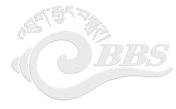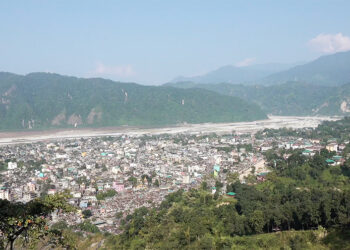 An increasing number of farmers in Seng-Gor Chiwog of Saling Gewog in Monggar are rearing hybrid cows. Although it is more fruitful and less laborious, the practice has the farmers worried about losing their indigenous breed cattle in the years to come.
An increasing number of farmers in Seng-Gor Chiwog of Saling Gewog in Monggar are rearing hybrid cows. Although it is more fruitful and less laborious, the practice has the farmers worried about losing their indigenous breed cattle in the years to come.
Just a handful of local breed cattle can be seen in Seng-Gor today. Only three out of the 25 households in the village rear the local breed. Until around five years ago, almost every household used to rear at least 30 local breed cattle.
The majority of the villagers have now replaced the local breeds with hybrid cattle such as Brown Swiss. According to the farmers, hybrid cattle are easier to rear, gives better milk production and doesn’t require a lot of people to look after.
“I don’t have enough people at home. I sold all my cattle because I didn’t want my children to rear cattle instead of going to school. They won’t get a proper education. Currently am rearing a few Brown Swiss cows. We have to work in the fields and there is no one to herd cattle,” said Ugyen Wangchuk, a farmer in Seng-Gor Chiwog.
“We have to struggle on our own as our children are enrolled in the school. I have to take the cattle to and fro during seasonal migration. So I have only two native breed cows now. Although we get good income by rearing cattle, we had to sell native breed because there is no one to herd them,” said Chador Wangdi from Seng-Gor.
In the past, farmers of Sen-Gor used to practice seasonal migration taking their cattle to Saling during winter and back to Sen-Gor during summer. This made rearing cattle labour intensive.
“My parents used to rear around 60 native breed cattle. We had enough people then. But now my brother got married and left and my father fell ill. So they sold all the cattle,” said Rinzin Lhamo, a farmer in Seng-Gor.
“In the past, there wasn’t any school in our village. So every child would look after cattle. But with the establishment of schools in the village in recent years, most of the children are enrolled in school and we don’t have enough people to migrate with cattle,” said Seng-Gor Chiwog Tshogpa Sonam Wangchuk.
Meanwhile, according to the Monggar district’s Senior Livestock Production Officer Choeda, currently, there is no threat of losing the native breed as the village has almost equal numbers of native and hybrid cattle. Mongar district, 61 per cent of the cattle population consists of native breeds while 39 per cent includes improved breeds of cattle.
Moreover, to preserve the native breed, the officer said, there are two native breeding centres, one each in Lhuentse and Trashigang.
“By looking at the current scenario, we don’t see much threat of losing the native breed completely. However, the numbers might decline. Therefore, the National Biodiversity Centre has been conserving the animal genetic resources to date,” said Choeda.
With agriculture practice becoming more focused on increasing productivity it is more likely that the farmers will keep replacing the native breeds with hybrids. So only time will tell how successful will the breeding centres be in preserving the indigenous breed.
Sonam Tshering, Monggar






